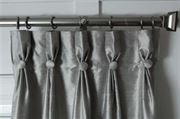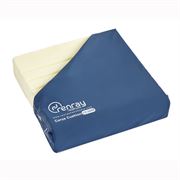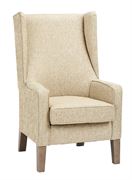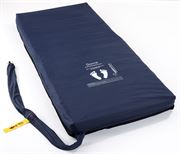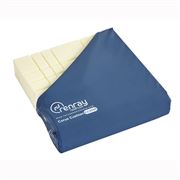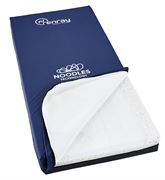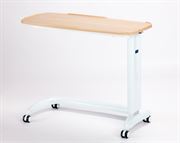Care Homes were badly affected by the covid-19 pandemic. One thing that has come out of it is a new way of looking at care home improvements. Where as hygiene and health have always been important factors in sensible care home design the pandemic has acted as a robust test for how improvements can be made and creating the perfect balance between interacting with residents and maintaining good hygiene.
We asked our team of experts what interior design tweaks many of our clients are implementing in the post covid world. Here are their insights…
Using outside spaces
The uninviting patio in the back might be transformed into a welcoming gathering area for residents to enjoy their guests. Take advantage of opportunities outside whenever you can because the evidence suggests that coronavirus cannot spread as easily outside.
Modern awnings may produce really lovely shaded areas, and while they may not be ideal for everyone, they could give your residents much-needed fresh air.
When homes are completely accessible to guests once more, we anticipate that most will use a staggered arrangement. When combined with a restriction on the number of guests per room, these spaces can be effectively managed.
Protecting communal areas
The spaces where people congregate should be given considerable thought, especially when friends and family are in town. Due to the frequent traffic in these common spaces, employees may not have as much control over maintaining cleanliness.
Many people prefer routine and want to have their own chair in the residents' lounge, especially those with dementia. Given the increased health risks, it could make sense to apply this concept to all residents and workers, preventing them from frequently sharing chairs and perhaps spreading infections. The majority of care homes feature separate restrooms for employees, residents, and guests. For protection purposes, this should be the norm, and visitors should be treated separately.
Signage is crucial, and gentle reminders of visitors' obligations to protect the residents' health can encourage responsible behaviour. Designers would adhere to the client's risk assessment, although they would suggest planning routes through public spaces to maintain traffic flow. Separate doors for the space's entrance and departure help prevent contact between various groups. This calls for obvious signage and maybe remodelling the area.
Easy clean fabrics
Any environment involving healthcare must be kept clean. Any surface can support the growth of germs and viruses, and textiles can contain a variety of threats.
For years, businesses like Agua have been manufacturing anti-microbial fabrics especially for the hospitality and elder housing industries. These specialised materials are no longer just offered in mint green or waiting room blue. Their imitation leather, which also comes in a variety of different colours, is matched with their very colourful Aura UV line to create a vibrant furniture design that is both functional and hygienic.
Sunbury's Darwin Aquaclean is a wonderful woven upholstery fabric that may be offered at full healthcare requirements if you prefer something more conventional.
If you would like to know more why not get in touch here


